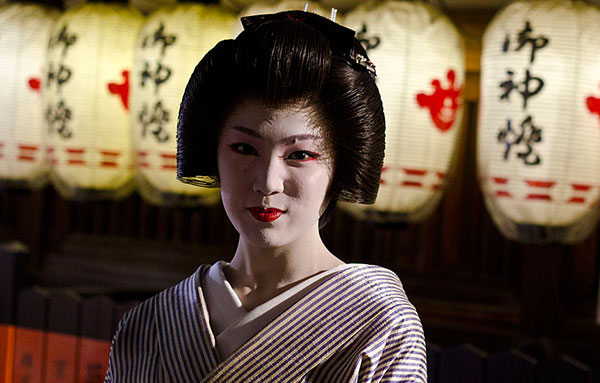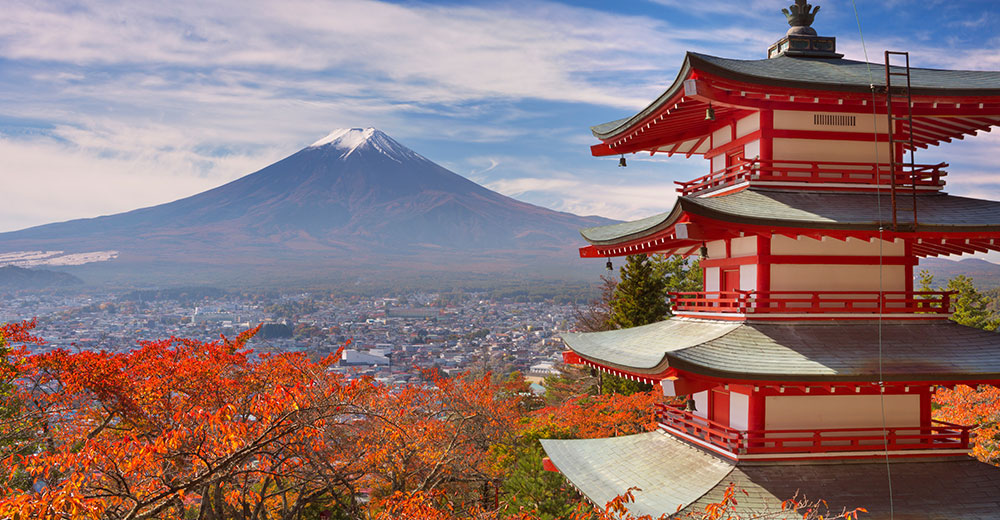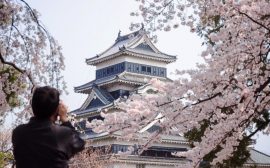Kyoto is a city that somehow manages to strike the perfect balance between the past and a more modern day Japan.
The former Imperial Capital of the country is saddled between mountains in the Kyoto prefecture, and is a trove of over 2000 temples and shrines mixed together with the more futuristic amenities of a Japanese city. It is the birthplace of Geisha cultural traditions, boasts 17 UNESCO World Heritage sites as well as a prodigious food and nightlife scene. With so much to see and do, solo travellers will find no end to the secret areas and attractions away from the masses of tourists, experiencing the culture of Japan.
Here’s a guide to making the most of your time in Kyoto, the Thousand Year Capital.
Accommodation

Whether you arrive by plane at the Kansai International Airport or take the lightning fast shinkansen from another city in Japan, Kyoto Station will definitely be your first port of call. The best place to meet like-minded solo travellers is definitely K’s House Hostel, a short 10 minute walk from the station. Knowledgeable staff and clean rooms makes this a no-brainer. Hit up the comfortable common room to meet and mingle with other travellers.
Another option is overnighting in a Shukubo, which is temple with lodging. Originally meant for pilgrims to rest after travelling from far away, you can now get a taste of life as a monk. Relax and find some zen with a vegetarian breakfast, attend the morning prayer, and take a stroll around the tranquil gardens of the temple before the tourists arrive for the day. Shunkoin Temple is a good place to stay and offers 90 minute meditation classes.
Getting Around

Kyoto, unlike Tokyo, only has two metro lines. One runs north to south and the other east to west, intersecting at the middle. Use it wisely and you’ll be able to arrive within walking distance to most of the cultural attractions spread across the city.
What Kyoto lacks in metro lines it makes up for with an extensive bus network. Grab a bus pass from the Kyoto Bus Information Centre right outside Kyoto Station and navigating the city becomes a breeze, apart from working out schedules and stops. But that’s half the fun, right?
The best option for Kyoto though is travelling by bicycle. Hardly any hills and relatively sane drivers make it easy to get around, and you’re free to go where you like without the constraints of timetables and routes, or stress of packed public transport. Bicycle parking is even offered at all of the attractions across the city. Beware of leaving your bike in an undesignated area though, the city council rounds up hundreds of illegally parked bikes and impounds them in the south of the city.
What to see
Kyoto has so much to see, you’ll be hard pressed to do it all without burning yourself out. Take your time and enjoy the unique balance of culture, nature and city with the following destinations.
Arashiyama bamboo grove

This tranquil forest in the north west of the city provides a break from the hustle of Japanese cities. Stroll through the pillars of bamboo that soar into the sky, and enjoy the silence of the forest interrupted only by the music of bamboo trees bumping against each other in the wind.
Fushimi Inari Shrine

Thousands of red torii gates sitting behind the main temple buildings form tunnels over paths winding up mount Inari. Situated on the south east side of town, the shrine is dedicated to Inari, the Shinto God of Rice. It takes 2-3 hours to get to the top, but you can stop at shrines, vending machines and restaurants that offer local fare along the way. The higher you go, the less crowded and more rewarding it becomes.
Philosopher’s Path

A tranquil route following a canal in the north east of the city. Famous Japanese philosopher Nishida Kitaro meditated his way along this route every day on his way to work at Kyoto University. Follow in his footsteps in this tranquil part of the city. In the spring, this is a good place to get up close and personal with the famous cheery blossoms, which line the canal.
Geisha Hunting in Gion

This district is famous for Geisha sightings, or Geiko as they’re known in Kyoto. Try not to confuse Geiko with the Maiko, apprentice Geiko, or plain old Japanese tourists dressed up for the day. Geiko will have simple kimonos and hairstyles, without much adorning their hair, and usually make quick escapes from large groups of camera wielding tourists. Being a solo traveller makes it more likely that you’ll get a good sighting of one.
Kiyomizu-dera

This Buddhist temple sits on the mountainside on the eastern edge of the city, offering spectacular views over Kyoto. Make a wish by drinking from one of the three streams of the Otawa waterfall, or watch hopeful youths attempt to find true love at the Jishu shrine, dedicated to Okuninushi, the God of Love and Matchmaking. Two love stones sit in front of the shrine, and legend has it that if you can make it from one to the other with your eyes closed, you will be blessed with true love. A fun thing to do, but beware of succeeding – you might not be travelling solo for much longer.




